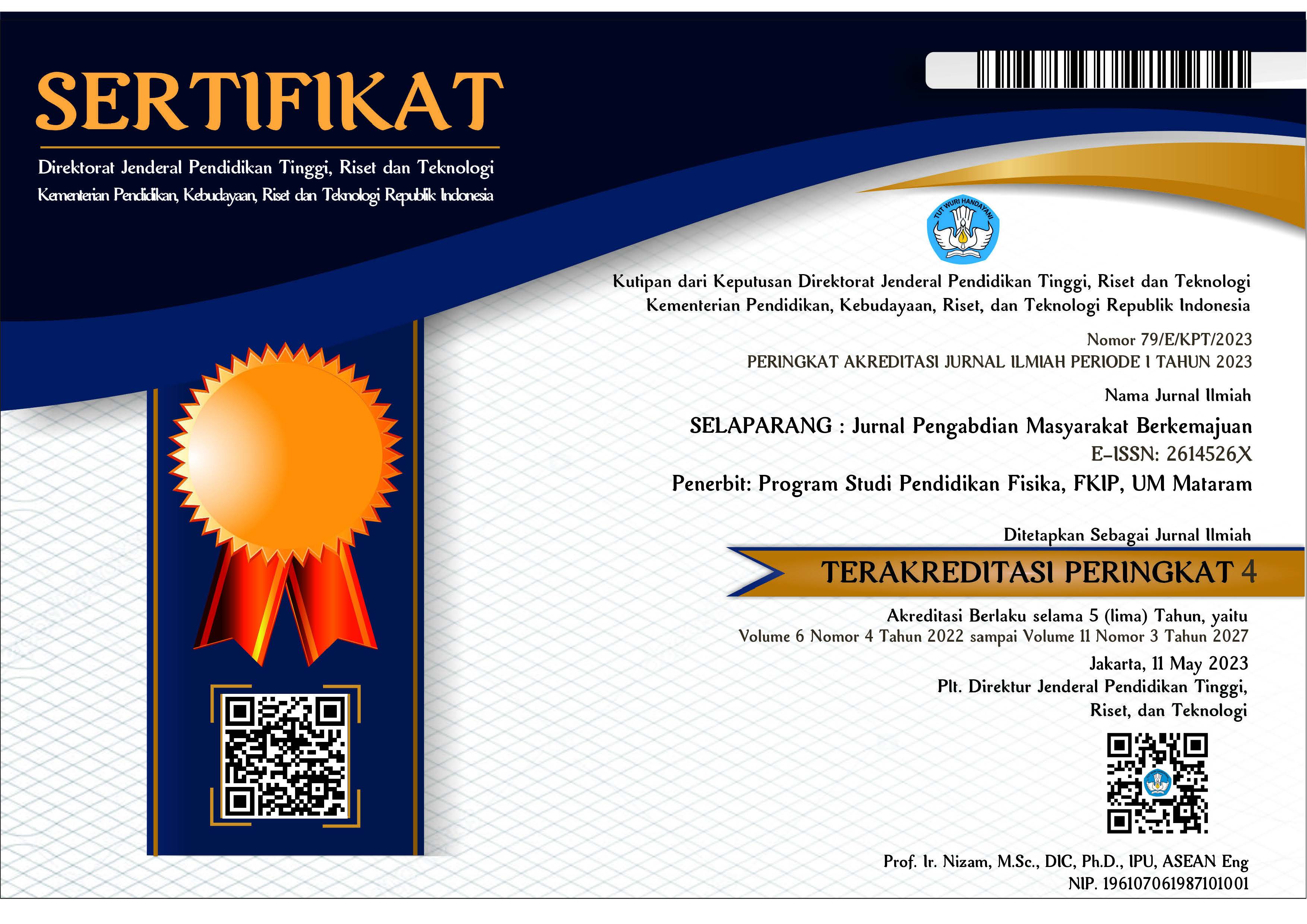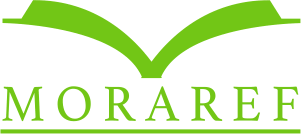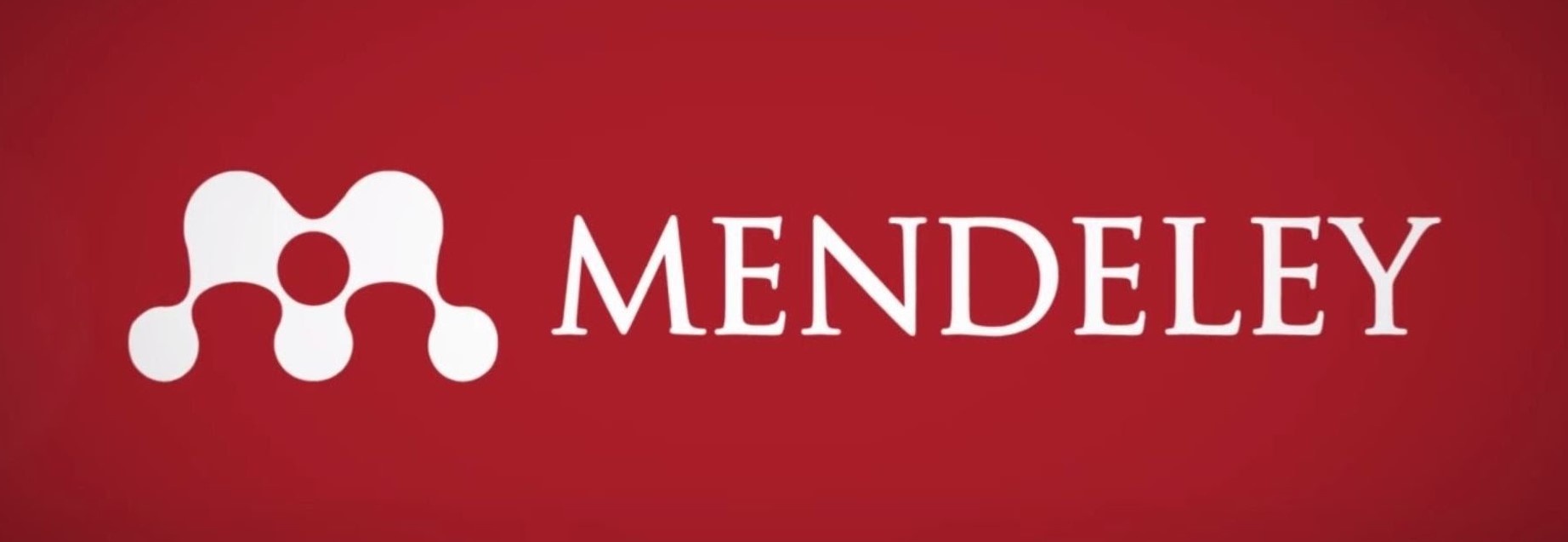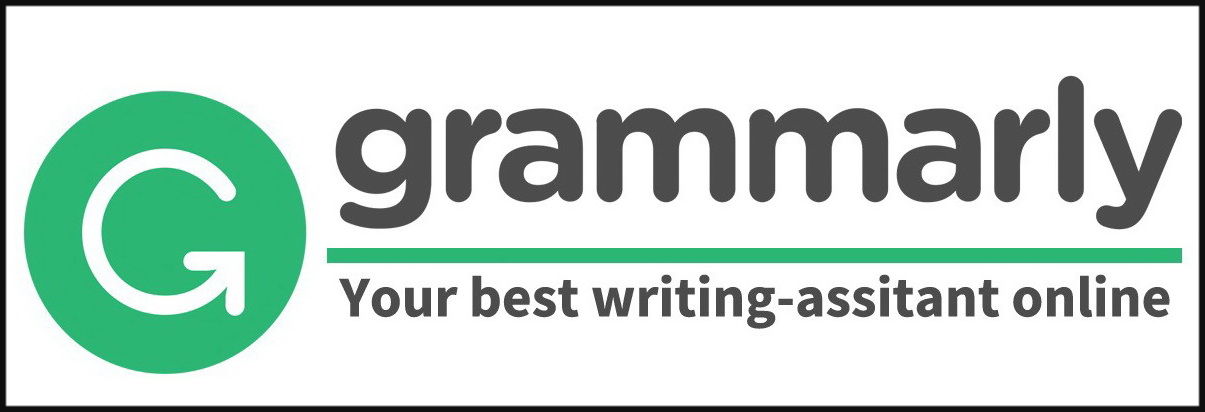Demonstrasi pembuatan emulgel peppermint sebagai antinyamuk dalam pencegahan demam berdarah dengue di SMK Kartini Bhakti Mandiri
Abstract
Abstrak
Demam Berdarah dengue (DBD) merupakan salah satu penyakit yang banyak berkembang di daerah tropis terutama pada awal musim penghujan dan menjadi permasalahan kesehatan yang serius karena dapat mengakibatkan kematian. Vektor pembawa dari penyakit DBD adalah nyamuk yaitu Aedes aegypti. Repelen merupakan zat yang dapat membuat serangga tidak tertarik terhadap manusia, sehingga dapat mengurangi kontak antara vektor nyamuk pembawa penyakit dengan manusia. Minyak peppermint merupakan salah satu minyak atsiri yang tidak disukai aromanya oleh nyamuk, sehingga dapat dikembangkan menjadi produk farmasi yang komersial repelen. Tujuan dari kegiatan ini adalah untuk meningkatkan pengetahuan siswa terkait proses pembuatan emulgel peppermint sebagai antinyamuk. Metode yang digunakan pada kegiatan tersebut adalah demonstrasi pembuatan emulgel antinyamuk minyak peppermint dan pembuatan produk emulgel yang dipraktikkan langsung oleh 28 peserta pelatihan yang berasal dari siswa/i SMK Kartini Bhakti Mandiri. Keberhasilan dari kegiatan tersebut diketahui dengan mengukur tingkat pemahaman peserta melalui pengukuran pengetahuan sebelum dan sesudah intervensi. Nilai rata-rata pengetahuan siswa sebelum dilakukan intervensi adalah 70 dan setelahnya menjadi 90. Kegiatan ini telah terbukti dalam peningkatan pengetahuan siswa dalm praktik pembuatan emulgel antinyamuk.
kata kunci: emulgel; demam berdarah dengue; peppermint
Abstract
Dengue fever is one of the most common diseases in the tropics, especially at the beginning of the rainy season, and is a serious health problem because it can cause death. The vector of DHF is the mosquito, Aedes aegypti. Repellents are substances that can make insects uninterested in humans, thus reducing contact between disease-carrying mosquito vectors and humans. peppermint oil is one of the essential oils whose aroma is disliked by mosquitoes so it can be developed into a commercial repellent pharmaceutical product. The purpose of this activity is to increase students' knowledge related to the process of making peppermint emulgel as mosquito repellent. The method used in the activity was a demonstration of making peppermint oil anti-mosquito emulgel and making emulgel products which were practiced directly by 28 trainees from students of SMK Kartini Bhakti Mandiri. The activity's success was known by measuring the level of understanding of the participants through the measurement of knowledge before and after the intervention. The average score of students' knowledge before the intervention was 70 and afterward became 90. This activity has been proven to increase student's knowledge in the practice of making anti-mosquito emulgel.
Keywords: emulgel; dengue fever; peppermint
Keywords
Full Text:
PDFReferences
Asadollahi, A., Khoobdel, M., Zahraei-Ramazani, A., Azarmi, S., & Mosawi, S. H. (2019). Effectiveness of plant-based repellents against different Anopheles species: A systematic review. Journal Malar, 18(1), 1–20.
Cahyanti, N. D., & Eirine, M. (2024). ANALISA KARAKTERISTIK EMULGEL ANTINYAMUK YANG MENGANDUNG MINYAK PEPPERMINT ( Mentha Piperita ). Health Journal Love Renewed, 12(1), 111–121.
Cheng, L., Sit, J. ., Choi, K. ., Chair, S. ., Li, X., Wu, Y., & Yang, H. (2021). The effects of an empowerment-based self-management intervention on empowerment level, psychological distress, and quality of life in patients with poorly controlled type 2 diabetes: A randomized controlled trial. International Journal of Nursing Studies, 116, 103407. https://www.sciencedirect.com/science/article/pii/S0020748919302147
Gosal, L. M., & Hosang, L. A. (2022). Kajian Potensi Minyak Atsiri (Volatile Organis Compounds) Sebagai Salah Satu Pengendali Hama Tanaman,. Jurnal Bios Logos, 12(2), 149–156.
Hanifah, A., Sholikhah, A., Guntari, G. T. ., Dzakiyah, I. ., Holivah, S., & Swastiningrum, A. (2023). Strengthening capacity of posyandu cadre to educate the mothers: a program evaluation of emotional demonstration for cadres in Bantul Regency. JOurnal of Community Empowerment for Health, 6(1), 26–29.
Kemenkes. (2019). Profil Kesehatan Indonesia 2019.
Li, M., Chau, P. Y., & Ge, L. (2021). Meaningful gamification for psychological empowerment: exploring user affective experience mirroring in a psychological self-help system. Internet Research, 31(1), 11–58. https://doi.org/https://www.emerald.com/insight/content/doi/10.1108/INTR-02-2020-0094/full/html
Nafisah, U., & Antari, E. D. (2022). Pelatihan Pembuatan Sabun Padat Transparan Kombinasi Minyak Atsiri Sereh, Lemon dan Kayu Manis. Jurnal Pengabdian Kepada Masyarakat Reswara, 3(2), 540–546.
Nurfadilah, A. F., & Moektiwardoyo, M. (2020). Potensi Tumbuhan Sebagai repellent Aedes Aegypti Vektor Demam Berdarah Dengue. Jurnal Farmaka, 17, 84–90.
Rahmiati, N., Susiani, E. F., Nazarudin, M., & Kurniawan, G. (2024). Pemberdayaan Masyarakat Desa Takuti Kecamatan Mataraman Dalam Pemanfaatan Produk Berbasis Minyak Atsiri. Jurnal Kreativitas Pengabdian Kepada Masyarakat Malahayati, 7(5), 2085–2093. https://doi.org/https://doi.org/10.33024/jkpm.v7i5.14250
Soliman, A. . (2020). The effect of leadership empowerment on technology transfer effectiveness: A proposed model: An applied study on the telecommunication companies in one of the developing countries. The Journal of High Technology Management Research, 31(1), 100371. https://www.sciencedirect.com/science/article/pii/S104783102030002X
Sutriyawan A, Aba M, H. J. (2020). No TitleDeterminan Epidemiologi Demam Berdarah Dengue (DBD) Di Daerah Perkotaan : Studi Retrospektif. Journal of Nursing and Public Health, 8(2), 1–9. https://doi.org/https://doi.org/10.37676/jnph.v8i2.1173
Zhu, X., Li, X., Gong, J., & Xu, J. (2022). Technology empowerment: A path to poverty alleviation for Chinese women from the perspective of development communication. Telecommunications Policy, 46(6), 102328. https://www.sciencedirect.com/science/article/pii/S0308596122000313
DOI: https://doi.org/10.31764/jpmb.v8i4.27564
Refbacks
- There are currently no refbacks.

This work is licensed under a Creative Commons Attribution-ShareAlike 4.0 International License.
______________________________________________________
Jurnal Selaparang
p-ISSN 2614-5251 || e-ISSN 2614-526X
EDITORIAL OFFICE:



















